Photographs: Andrew Biraj/Reuters
The British risk analysis firm Maplecroft recently released a 2011 scientific report ranking the top 10 countries at extreme risk for impacts from climate change. It's their Climate Change Vulnerability Index 2011.
According to the October 26 report, the top 10 endangered countries are Haiti, Bangladesh, Zimbabwe, Sierra Leone, Madagascar, Cambodia, Mozambique, Democratic Republic of Congo, Malawi and the Philippines.
Many of these countries have high population growth rates and suffer from high levels of poverty.
The risks will come in part from extreme weather events such as drought, cyclones, wildfires and storm surges.
Click NEXT to know more. . .
Climate change: 10 nations that face highest RISK
Image: View of the town Jeremi in Haiti.Photographs: Eduardo Munoz/Reuters
1. Haiti
The Republic of Haiti is a Caribbean country.
It occupies the western, smaller portion of the island of Hispaniola, in the Greater Antillean archipelago, which it shares with the Dominican Republic.
Haiti is the poorest country in the Americas as per the Human Development Index. It has experienced political violence throughout its history.
A 7.0 magnitude earthquake struck Haiti and devastated Port-au-Prince on January 12, 2010, killing thousands and leaving more than two million homeless.
The earthquake levelled the capital city, delivered a severe blow to still shaky Haitian economy and infrastructure.
More deaths occurred because of floods and a subsequent cholera outbreak in the later half of the same year.
. . .
Climate change: 10 nations that face highest RISK
Image: Prime Minister Manmohan Singh with Prime Minister of Bangladesh Sheikh Hasina.Photographs: Rediff Archives
2. Bangladesh
Bangladesh is now widely recognised as one of the countries most vulnerable to climate change.
Natural hazards following increased rainfall, rising sea levels, and tropical cyclones are expected to increase as climate change, each seriously affecting agriculture, water and food security, human health and shelter.
It is believed that in the coming decades, the rising sea levels alone will create more than 20 million climate refugees.
. . .
Climate change: 10 nations that face highest RISK
Image: A man buys tomatoes at a vegetable market in Mbare.Photographs: Philimon Bulawayo/Reuters
3. Zimbabwe
Zimbabwe is a landlocked country in Africa. Large parts of Zimbabwe were once covered by forest, the African bush, with an abundant wildlife.
Poverty, population growth and lack of fuel have led to extensive deforestation, which, along with poaching, has reduced the wildlife considerably.
Click NEXT to know more. . .
Climate change: 10 nations that face highest RISK
Image: Labourers work at a construction site above Sierra Leone's capital Freetown.Photographs: Simon Akam/Reuters
4. Sierra Leone
Sierra Leone has a tropical climate, with a diverse environment ranging from savannah to rainforests.
It is among the top 10 diamond producing nations in the world, and mineral exports remain the main foreign currency earner.
Sierra Leone is also among the largest producers of titanium and bauxite, and a major producer of gold.
The country is also home to the third largest natural harbour in the world. Despite this natural wealth, over 70 per cent of the population live in poverty.
Click NEXT to know more. . .
Climate change: 10 nations that face highest RISK
Image: A girl sells beer and food for miners at the Bepeha sapphire mine, Madagascar.Photographs: Jasleen Sethi/Reuters
5. Madagascar
The combination of southeastern trade winds and northwestern monsoon winds produce a hot rainy season (November-April) with frequently destructive cyclones, and a relatively cooler dry season (May-October).
Annual cyclones cause regular damage to infrastructure and local economies as well as loss of life.
The most destructive since 1927 was Cyclone Geralda (February 2-4, 1994) which left over 500,000 homeless with the damage estimated at $45 million.
Click NEXT to know more. . .
Climate change: 10 nations that face highest RISK
Image: Paddy fields in a village in Cambodia.6. Cambodia
Cambodia's climate, like that of the rest of Southeast Asia, is dominated by monsoons, which are known as tropical wet and dry.
Cambodia experiences the heaviest precipitation from September to October with the driest period occurring from January to February.
Disastrous flooding occurred in 2001 and again in 2002.
The country witnesses some degree of flooding almost every year.
Click NEXT to know more. . .
Climate change: 10 nations that face highest RISK
Image: Mozambique.7. Mozambique
Mozambique has a tropical climate with two seasons, a wet season from October to March and a dry season from April to September. Climatic conditions, however, vary depending on altitude.
Rainfall is heavy along the coast and decreases in the north and south. Annual precipitation varies from 500 to 900 mm (19.7 to 35.4 in) depending on the region, with an average of 590 mm (23.2 in). Cyclones are common during the wet season.
Click NEXT to know more. . .
Climate change: 10 nations that face highest RISK
Image: Residents of a village in Democratic Republic of Congo.8. Democratic Republic of Congo
As a result of its equatorial location, the Congo experiences high precipitation and has the highest frequency of thunderstorms in the world.
The annual rainfall can total upwards of 80 inches (2,000 mm) in some places, and the area sustains the Congo Rainforest.
On January 17 2002, Mount Nyiragongo erupted in Congo, with the lava running out at 64 km per hour.
One of the three streams of lava flowed through the nearby city of Goma, killing 45 and leaving 120,000 homeless.
Four hundred thousand people were evacuated from the city during the eruption.
The lava poisoned the water of Lake Kivu, killing fish.
Six months after the 2002 eruption, nearby Mount Nyamulagira also erupted. Mount Nyamulagira again erupted in 2006 and in January 2010.
Click NEXT to know more. . .
Climate change: 10 nations that face highest RISK
Image: A Malawian child carries a basket outside during a visit by pop star Madonna to the Home of Hope orphanage in Mchinji.Photographs: Mike Hutchings/Reuters
9. Malawi
Malawi's climate is hot in the low-lying areas in the south of the country and temperate in the northern highlands.
The altitude moderates what would be an otherwise equatorial climate.
Between November and April the temperature is warm with equatorial rains and thunderstorms, with the storms reaching their peak severity in late March.
After March, the rainfall rapidly diminishes and from May to September wet mists float from the highlands into the plateaus, with almost no rainfall during these months.
Click NEXT to know more. . .
Climate change: 10 nations that face highest RISK
Image: The Philippines.10. The Philippines
The Philippines has a tropical maritime climate and is usually hot and humid.
Sitting astride the typhoon belt, most of the islands experience annual torrential rains and thunderstorms from July to October, with around nineteen typhoons entering the country in a year and eight or nine making landfall.
The wettest known tropical cyclone to impact the archipelago was the July 1911 cyclone.

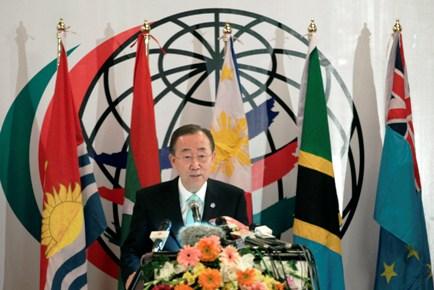
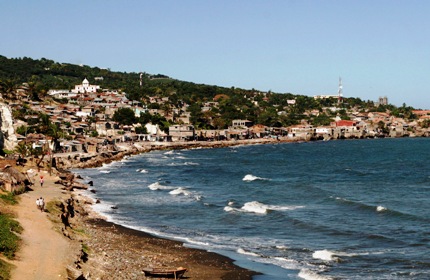


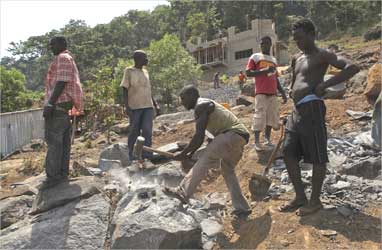

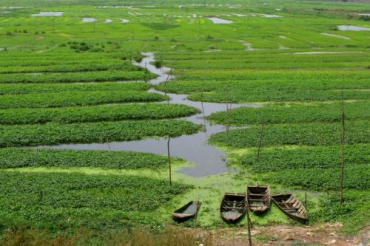


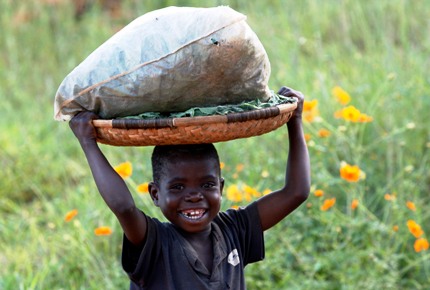
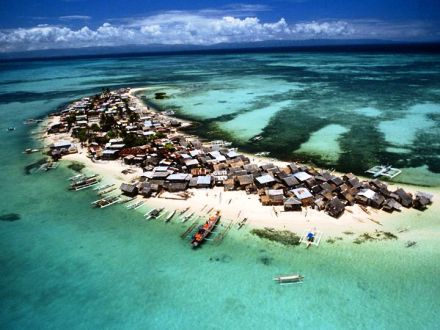
article